Scientists have discovered a probiotic treatment that slows a deadly coral disease without antibiotics — and it could reshape how we protect reefs around the world.
Others are reading now
Scientists have discovered a probiotic treatment that slows a deadly coral disease without antibiotics — and it could reshape how we protect reefs around the world.
Coral reefs face a deadly threat
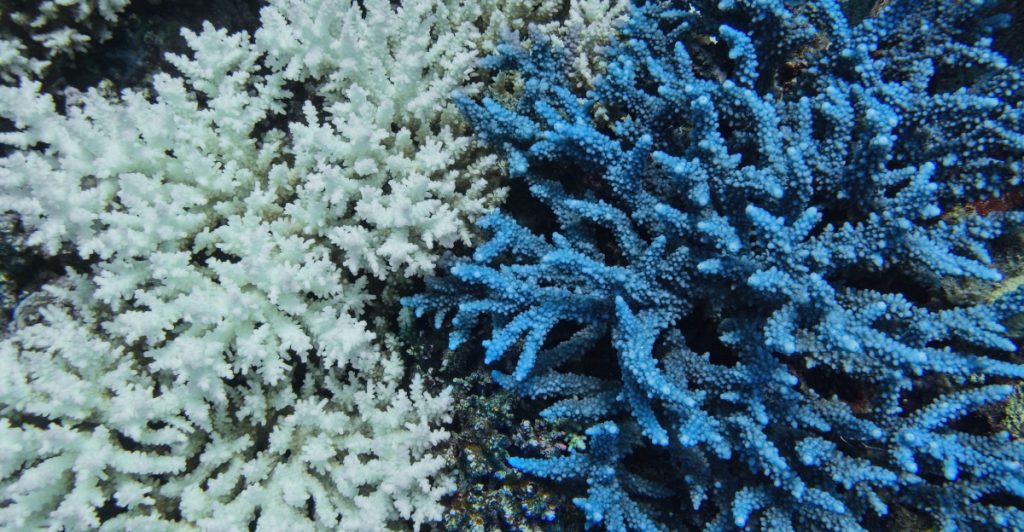
A mysterious disease known as stony coral tissue loss disease (SCTLD) has been wiping out coral colonies across Florida and the Caribbean since 2014. The disease causes coral tissue to fall away rapidly, often killing entire colonies within weeks.
A breakthrough treatment with no antibiotics
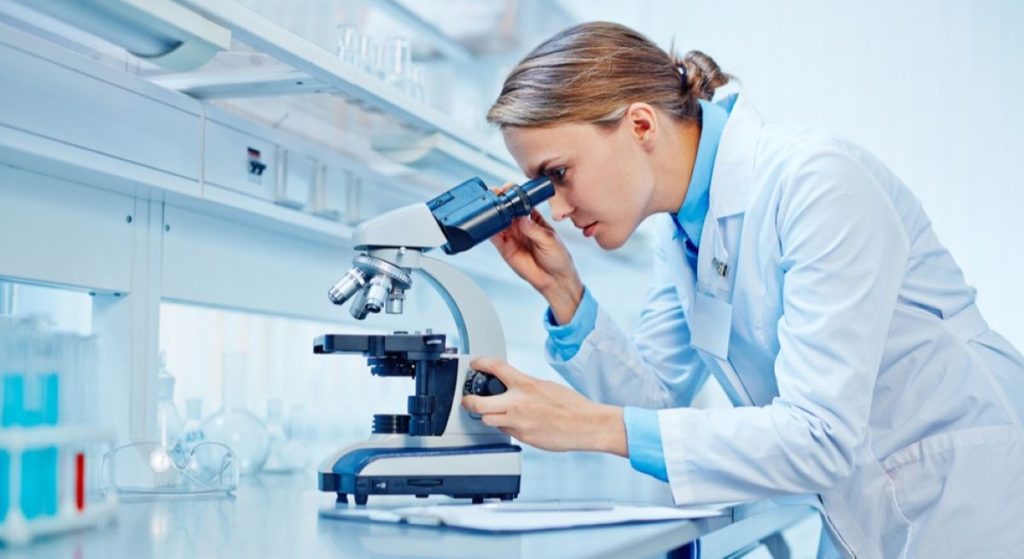
Researchers have developed a new approach using probiotics—beneficial bacteria—to treat SCTLD in the wild. The method doesn’t rely on antibiotics, which can lose effectiveness over time and risk creating resistant bacteria.
What is SCTLD?
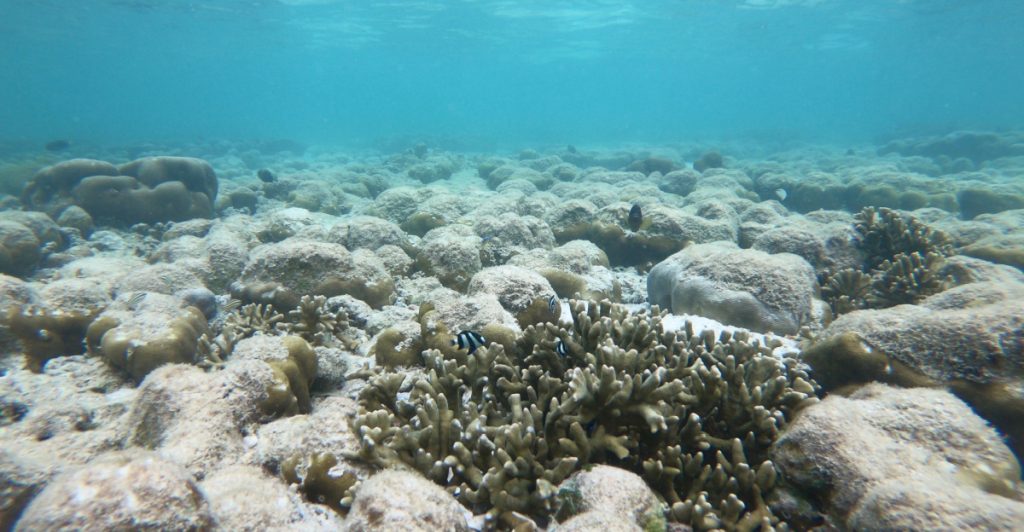
SCTLD affects more than 30 coral species and causes white lesions that strip corals of their soft tissue. Unlike other coral diseases that target only a few species, SCTLD spreads fast and wide, leaving devastation in its wake.
Also read
Why antibiotics fall short
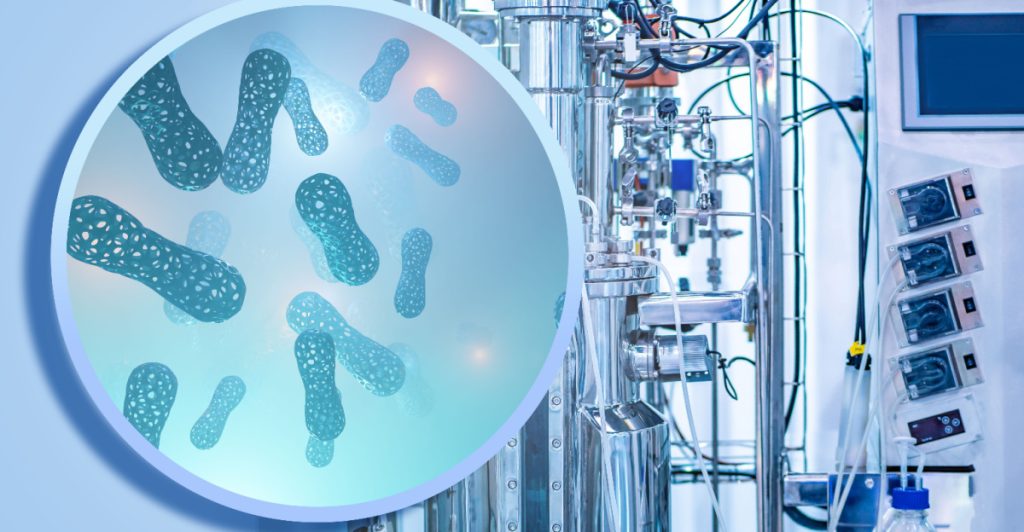
The most common treatment has been a paste containing the antibiotic amoxicillin. While it slows the disease, the effects are temporary. The disease often returns, and there are growing concerns about antibiotic resistance.
Corals have their own microbiomes
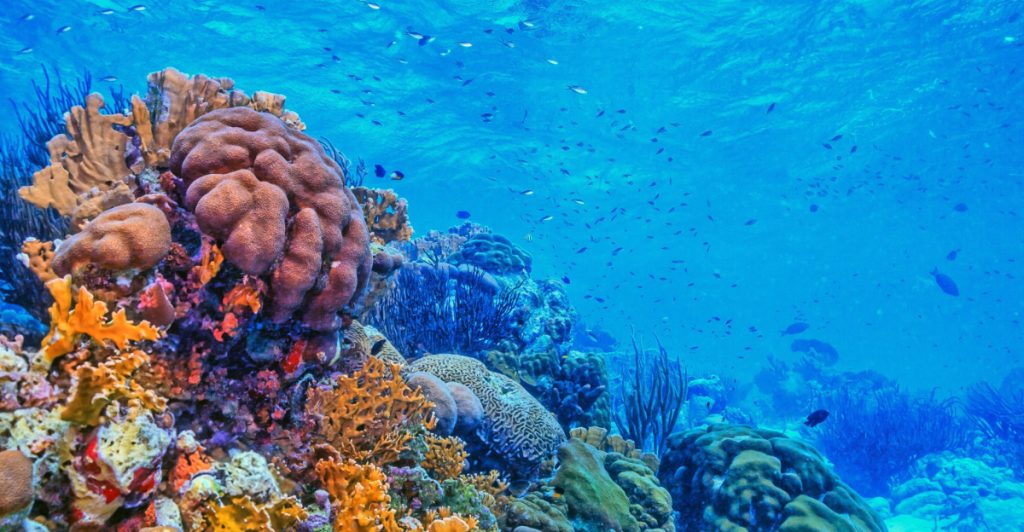
Like humans, corals host complex communities of bacteria. Some of these bacteria help keep corals healthy by producing vitamins and antioxidants. Scientists believed they could harness these natural allies to fight SCTLD.
A bacteria called McH1-7 shows promise

After testing over 200 bacterial strains, researchers identified one called McH1-7 from the great star coral. It produces several antibacterial compounds and proved highly effective at stopping SCTLD in lab conditions.
From the lab to the ocean

Scientists applied McH1-7 to diseased corals on a reef near Fort Lauderdale. One method used a probiotic solution inside a plastic bag to cover and saturate the coral colony. This allowed the good bacteria to take hold.
Field tests show lasting results
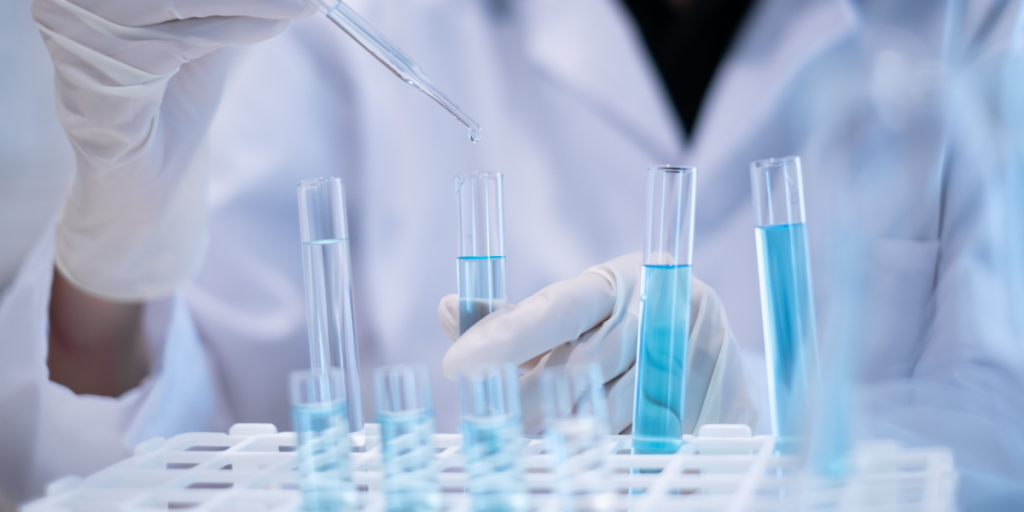
After more than two years of monitoring, the treated corals showed significantly reduced tissue loss. The probiotic helped without disrupting the coral’s natural bacterial balance—a key sign of long-term potential.
Supporting what nature already does
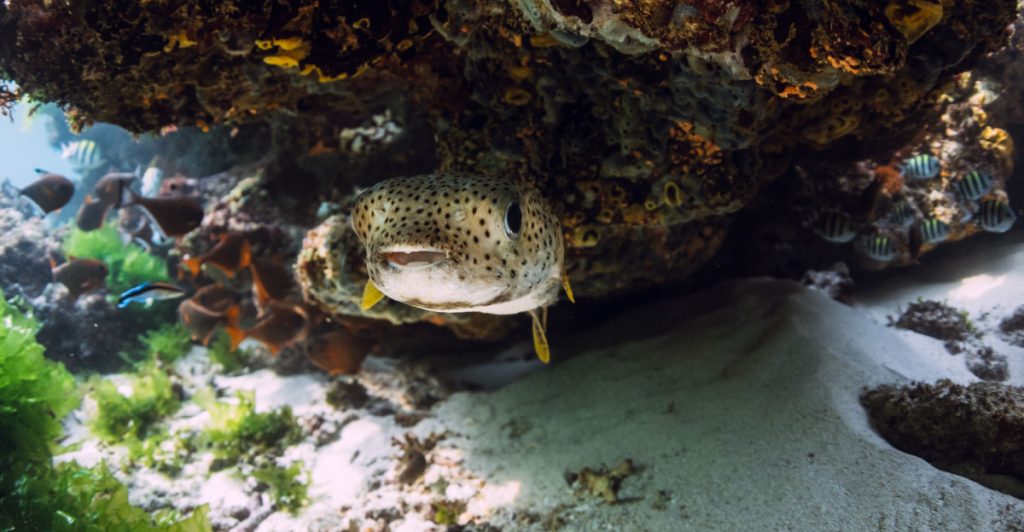
Researchers believe this approach works because it enhances what corals are already equipped to do. “Corals are naturally rich with bacteria,” said Valerie Paul of the Smithsonian Marine Station. “We’re trying to figure out which ones help them most.”
A hopeful tool in a warming world

While more testing is needed, especially in other regions, the success of probiotics in Florida offers hope. As climate change and disease threaten coral reefs globally, this natural remedy could be part of the solution.


